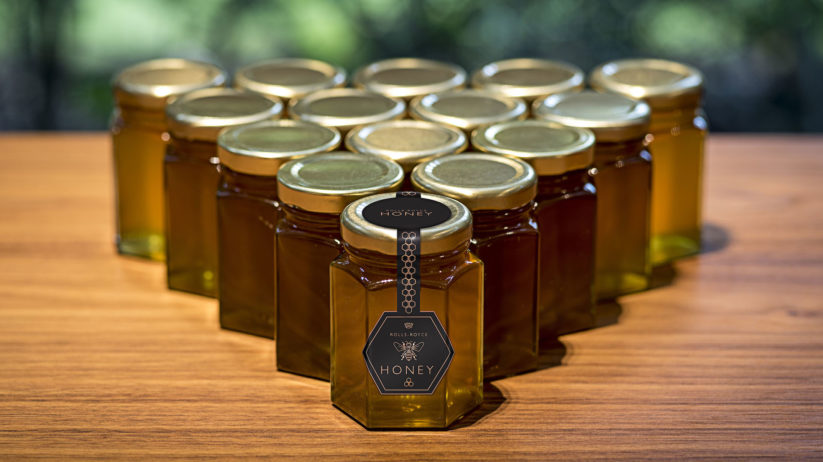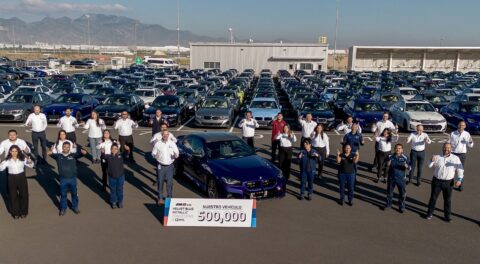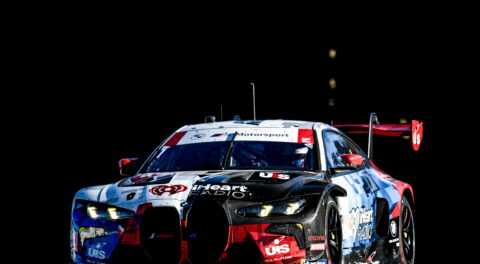Did you know that Rolls-Royce produces honey? It’s true, the marque considered by many to be the absolute most luxurious on earth operates one of the most environmentally friendly manufacturing facilities in the industry near the Goodwood Estate of West Sussex, England, and in addition to cars, it also produces honey. The site makes use of various green technologies and systems, including but not limited to a living roof with live plants growing atop various structures, thermal ponds, and rainwater management. One other feature is an apiary, an area otherwise known as a bee yard.
The Goodwood Apiary was established in 2017, and has seen consistent growth in honey production volume every year since. That includes 2020, a year where nearly every other metric important to human activity and development is likely down substantially.
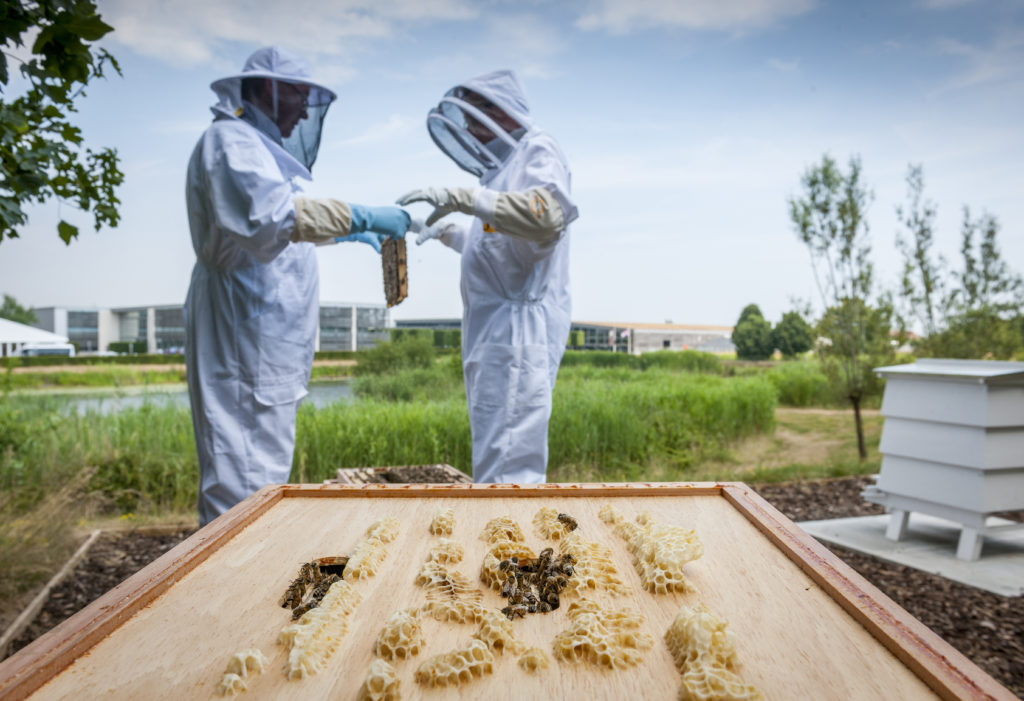
A total of six traditionally-designed, English-made wooden hives house an estimated population of 250,000 English Honey Bees. Five of the six beehives are named after a Rolls-Royce in models in the portfolio, including Phantom, Wraith, Ghost, Dawn, and Cullinan, while the sixth bears the appropriate distinction Spirit of Ecstasy.
The bees have to be among some of the luckiest on earth, living a pampered existence in such a special place, with 42 acres worth of lush vegetation to forage throughout on the Rolls-Royce complex alone. Additionally, according to Rolls-Royce, “The more adventurous bees make sorties into the surrounding Goodwood Estate, whose 12,000 acres of West Sussex countryside are among the glories of the South Downs National Park.”
So what about the honey? Rolls-Royce calls the sticky product the most exclusive in the world, which is now in its third season of production. Collected and processed by local specialists, it’s served to guests of the marque, including those who are commissioning a bespoke Rolls-Royce motorcar at the onsite atelier. The apiary does not exclusively exist to serve luxury tastes, however, as it’s also part of the Bee Lines initiative, which encourages the growth of flower-rich corridors to help facilitate the linking of bee colonies that are spread out and otherwise too far apart to intermingle and grow the dwindling population.—Alex Tock
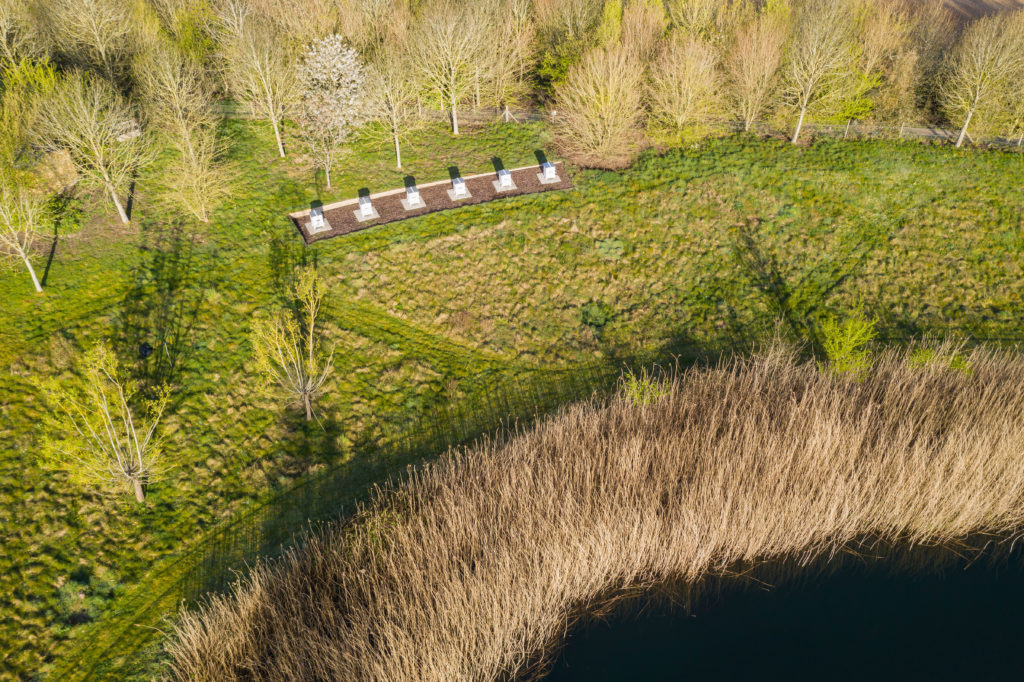
[Photos courtesy BMW Group.]

